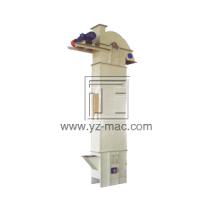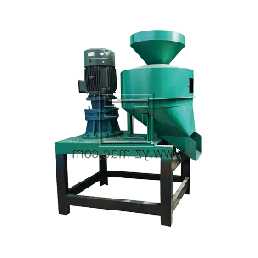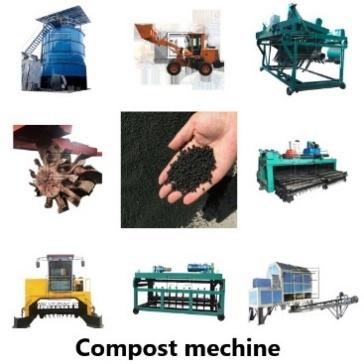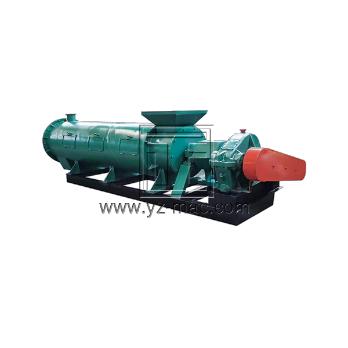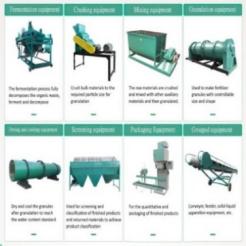Bucket elevator
A bucket elevator is a type of industrial equipment used to vertically transport bulk materials, such as grains, fertilizers, and minerals. The elevator consists of a series of buckets attached to a rotating belt or chain, which lifts the material from a lower to a higher level.
The buckets are typically made of heavy-duty materials such as steel, plastic, or rubber, and are designed to hold and transport the bulk material without spilling or leaking. The belt or chain is driven by a motor or other power source, which moves the buckets along the elevator’s vertical path.
Bucket elevators are commonly used in agriculture, mining, and other industries that require the transportation of bulk materials over significant vertical distances. They are often used to move materials between different levels of a production facility, such as from a storage silo to a processing machine.
One of the advantages of using a bucket elevator is that it can transport large volumes of material quickly and efficiently. Additionally, the elevator can be configured to operate at different speeds and can be designed to handle a wide range of materials, from fine powders to large chunks of material.
However, there are also some potential drawbacks to using a bucket elevator. For example, the elevator may require frequent maintenance and cleaning to ensure that it is operating efficiently and effectively. Additionally, the buckets may wear out over time and need to be replaced, which can add to the cost of operating the elevator. Finally, the elevator may produce dust or other emissions, which can create air pollution and pose a health hazard to workers.


